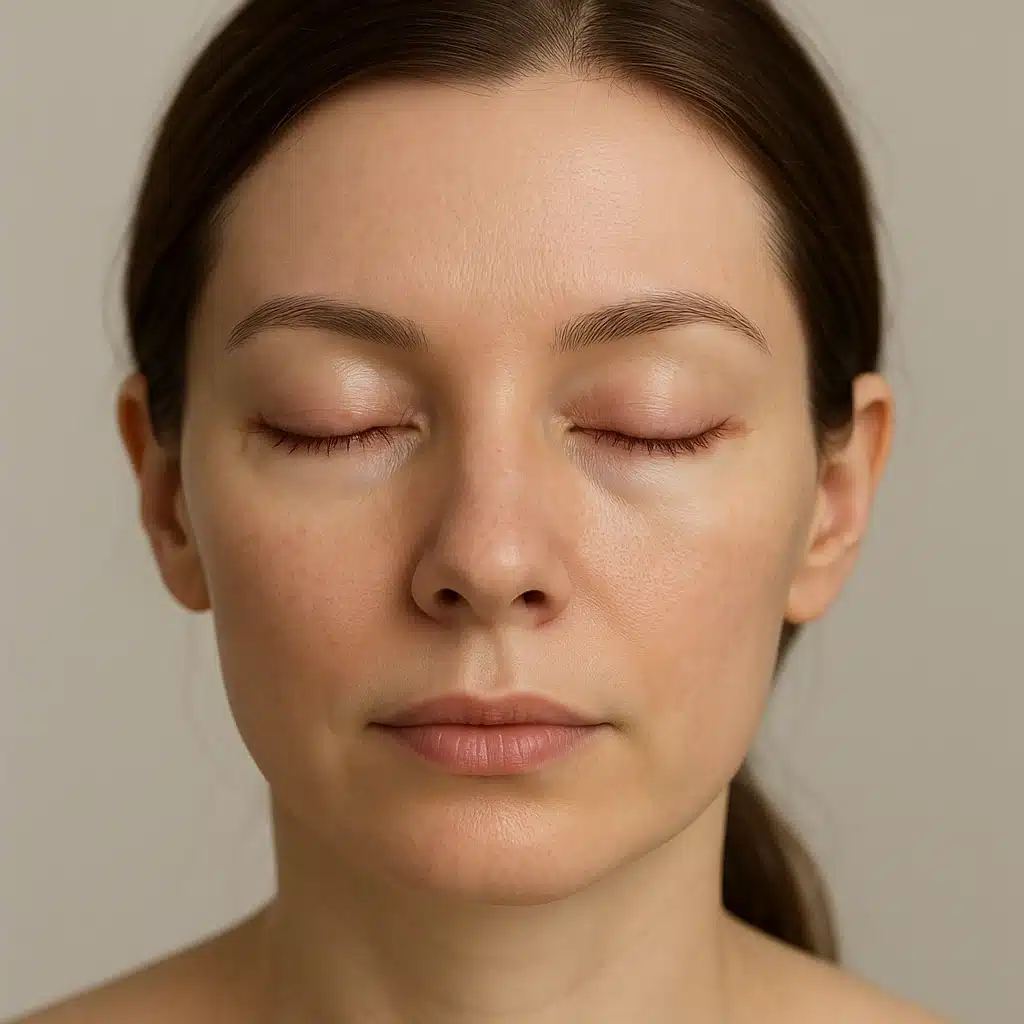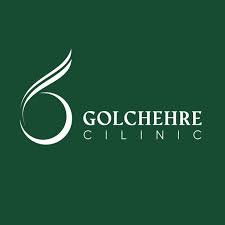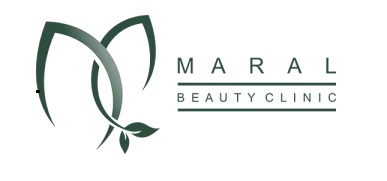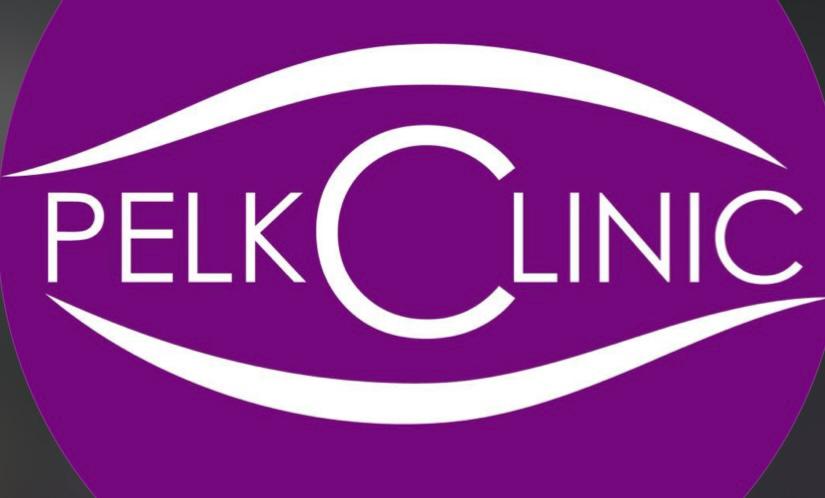Introduction: What is blepharoplasty (eyelid surgery) and what does it do?
Blepharoplasty, or (eyelid surgery), is a procedure to remove or reposition excess skin, excess fat, and sometimes correct the muscles of the upper and lower eyelids. The main goals are:
Rejuvenation of the area around the eyes (removal of puffiness, excess skin, sagging)
Improvement of the field of vision in cases where excess skin of the upper eyelid falls on the eyelashes
Creating a clearer or more natural eyelid line (in some anatomies)
Blepharoplasty can restore beauty, freshness, and “openness” to the gaze; but like any cosmetic procedure, it has limitations and risks, and realistic expectations should be set.

💎Who are good candidates for blepharoplasty (eyelid surgery) and who are not?
Suitable candidates
Excess skin in the upper eyelid that falls on the eyelashes or covers the eyelid line
Puffiness under the eyes due to protruding fat pads
Fine lines and folds around the eyelid with moderate skin laxity
Good general health, no smoking (or quit a few weeks before and after)
Realistic expectations; acceptance that the goal is “getting better” not “absolute perfection”
Who should not have it done for now?
Uncontrolled thyroid disorders, severe dry eyes, certain eye diseases (uncontrolled glaucoma, active infection)
Coagulation disorders or taking blood thinners without the possibility of temporary cessation
Heavy smokers who are unable to follow pre/post-operative instructions
Unrealistic expectations (e.g. “I want to look 20 years younger”)
Note: A thorough examination by the surgeon and, if necessary, an ophthalmologist is essential.
💎Types of Blepharoplasty (Eyelid Surgery)
A) Upper eyelid
Objective: Removal of excess skin, removal/shaping of internal fat pads if needed, and slight adjustment of the orbicularis muscle.
Result: Clearer eyelid line, more open look, reduction of eyelid heaviness.
B) Lower eyelid
Objective: Treatment of under-eye puffiness and sagging skin.
Methods:
Subciliary incision: Suitable for excess skin + fat.
Transconjunctival (from inside the eyelid): For younger or healthier skin who are more prone to fat; no skin scarring.
Optional: Canthoplasty (canthopexy/canthoplasty) to prevent the corner of the eye from rounding in people with excessive sagging.
C) Asian blepharoplasty (eyelid crease creation)
Objective: Definition or enhancement of the upper eyelid crease while maintaining racial characteristics.
Note: Requires finesse in designing the crease height, distance to the lash line, and fat distribution.
d) Combination with brow/forehead lift
Sometimes the appearance of drooping eyelids is caused by a low eyebrow position. In these cases, combining with a brow lift gives a more natural result.
💎Benefits and limitations of blepharoplasty (eyelid surgery)
Benefits
Improved field of vision (in reconstructive cases)
Significant and natural rejuvenation of the eye area
Slim, concealable scar in the natural contours of the eyelid
Relatively long-lasting (especially the upper eyelid)
Limitations
Extensive superficial wrinkles or genetic under-eye darkness cannot necessarily be resolved with surgery (laser/fillers/creams may be complementary)
Does not stop the natural aging process (results are not permanent but lasting)
Requires careful care and short to medium recovery period
💎Possible risks and complications of blepharoplasty (eyelid surgery) and ways to reduce them
Bruising and swelling (almost inevitable, usually 7–14 days)
Dry eyes, tearing, sensitivity to light for a few weeks
Temporary asymmetry; rarely requires repair
Infection, bleeding, hematoma (rare with proper protocol)
Ectropion/entropion (inward turning of eyelid margin) if too loose and technique is not followed
Visible scarring (rare)
Injury to muscles/tear ducts (very rare in experienced hands)
How to reduce risk?
Choose an experienced eyelid surgeon
Quit smoking, alcohol, and blood thinners as directed
Carefully monitor dry eyes and eye allergies before surgery
Follow post-operative care
📍Preparation before blepharoplasty (eyelid surgery)
Consultation and examination: Before/after photos, visual field test, skin tonic, canthus peeling, tear test.
Medications: Full information on medications and supplements; temporary discontinuation of aspirin/ibuprofen/warfarin/certain herbs (as directed by physician).
Lifestyle: Quit smoking at least 2–4 weeks before and after. Alcohol restriction 72 hours before.
Skin: If laser or peel is to be performed at the same time, schedule in advance.
Medical photography: To plan incisions and record baseline.
Transportation: Coordinate with a companion for the day of surgery and the first 24 hours.
Supplies: Cold compress, extra pillow to keep head elevated, artificial tears, sterile gauze, antibiotic ointment (if prescribed).
📍Blepharoplasty (eyelid surgery) procedure step by step
Marking: In the sitting position, based on the natural crease, amount of excess skin, and symmetry.
Local anesthesia (or general anesthesia in certain cases): Injection with diluted epinephrine to reduce bleeding.
Incision:
Upper eyelid: In the natural crease; scar disappears within the crease.
Lower eyelid: Under the eyelashes or inside the eyelid (transconjunctival).
Tissue removal/adjustment: Removal of excess skin, shaping/repositioning of fat (especially medial/central), if necessary, fat repositioning to smooth the tear trough.
Outer corner augmentation (if necessary): Canthopexy/canthoplasty.
Incision closure: With fine sutures; skin adhesive if necessary.
Light bandage/ointment: To reduce abrasion and dryness.
Duration: Usually 45–90 minutes for the upper eyelid; the lower eyelid may take slightly longer; More combinations.
📍Anesthesia or non-anesthesia for blepharoplasty (eyelid surgery)?
- Local anesthesia with light sedation: Sufficient in most simple blepharoplasty procedures, faster recovery.
General anesthesia: In mixed cases or patients with severe anxiety or requiring extensive intervention.
The final choice depends on the surgeon’s opinion and the patient’s physical condition.
📍Postoperative care and recovery timeline
First 24–48 hours
Cold compress every 20 minutes (with breaks) to reduce swelling
Elevate head when sleeping
Use artificial tears/ointment as prescribed
Avoid bending, straining, crying hard, laughing too much (to reduce pressure and bleeding)
Days 3–7
Bruising peaks and then subsides
Stitches removed usually on day 5–7 (if removable)
Sunglasses can be worn outside; Sunscreen for scars now as prescribed
Week 2–3
Most swelling and bruising resolved
Light makeup (with doctor’s approval)
Return to office work usually by day 7–10
Month 1–3
Deep tissue improvement, scar softening, dryness/burning resolved
Heavy exercise from week 3–4 with doctor’s approval
Final result
Usually 3–6 months for fully permanent results; scar matures and fades over 6–12 months.
Warning signs: Sudden severe pain, decreased vision, persistent bleeding, fever, purulent discharge—call the clinic immediately.
📍How long does the result last?
- Upper eyelid: 5-10 years (varies with genetics, sun protection, lifestyle).
Lower eyelid: Usually longer lasting, but skin quality and natural aging play a role.
Results are not permanent; but they “reset” the aging process and you will look years younger.
📍Combining blepharoplasty (eyelid surgery) with other procedures
Botox: For crow’s feet and forehead lines; good supplement.
Filler/Fat: To correct under-eye bags or unevenness after fat transfer.
Brow/Forehead Lift: When drooping eyelids appear to be from the eyebrows.
Canthopexy/Canthoplasty: To firm the outer corner, especially if there is severe laxity.
Laser/Peel: To improve the texture and color of the eyelid skin; schedule with your doctor.
📍Differences in gender, age, and anatomy
- Women: Emphasize the elegance of the eyelid line, avoid excessive hollowing.
Men: Maintain natural thickness and masculine eyebrows; less noticeable scar.
Younger age (30–40): Often fat pad predominates, good candidates for transconjunctival.
Older age: More skin/muscle laxity; sometimes requires a combination of methods.
Asian anatomy: The height and shape of the eyelid crease are key.
📍Non-surgical blepharoplasty: What really works?
- Botox: Great for dynamic lines, not for excess skin.
Fillers: Good for dimples/teardrop lines, but won’t remove fat.
Laser/Radio Frequency/Microneedling: Improve skin texture and fine lines.
Creams: Limited help; don’t expect miracles.
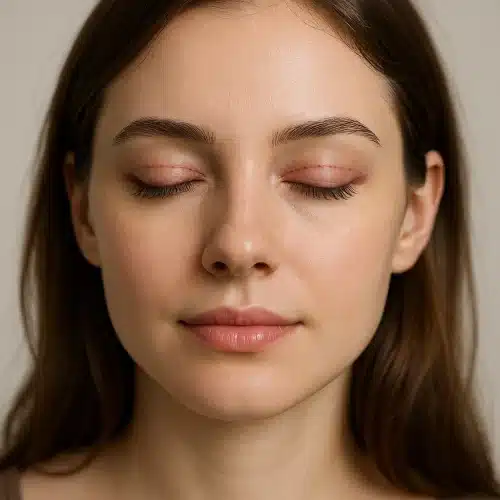
📌Conclusion
Blepharoplasty (eyelid surgery) is a procedure to remove excess skin and fat from the upper/lower eyelids, performed through small incisions (sometimes from inside the eyelid), with the goal of rejuvenating the look and, in some cases, improving the field of vision.
Candidates typically have puffy or droopy eyelids; the procedure takes 1–2 hours, there is swelling and bruising for 7–14 days, and results are stable for 6–12 weeks.
Potential risks include dry eyes, asymmetry, and fine scarring, which can be minimized by choosing an experienced surgeon, following aftercare, and avoiding blood thinners.
Frequently Asked Questions Everything about Blepharoplasty (Eyelid Surgery)
How long is the recovery period for blepharoplasty?
Swelling and bruising usually subside within 7–14 days; stitches are often removed 5–7 days later. Return to light work takes about a week, strenuous exercise 2–3 weeks later, and final results take 6–12 weeks to stabilize.
Will there be any stitches left?
The upper eyelid incision is hidden in the natural crease, and the lower eyelid can be done from inside the eye (transconjunctival). Initial fine lines fade within 3–6 months; sunscreen and sun avoidance help the scar heal.
How long do blepharoplasty results last?
The healthy transplanted follicles are permanent, but their growth behavior is similar to that of hair, so periodic trimming is necessary.
What are the possible complications and how can they be reduced?
Dry or watery eyes, bruising, swelling, asymmetry, or infection (rare). Choosing an experienced surgeon, stopping blood thinners as directed by your doctor, quitting smoking, and following careful postoperative care can reduce the risks.

